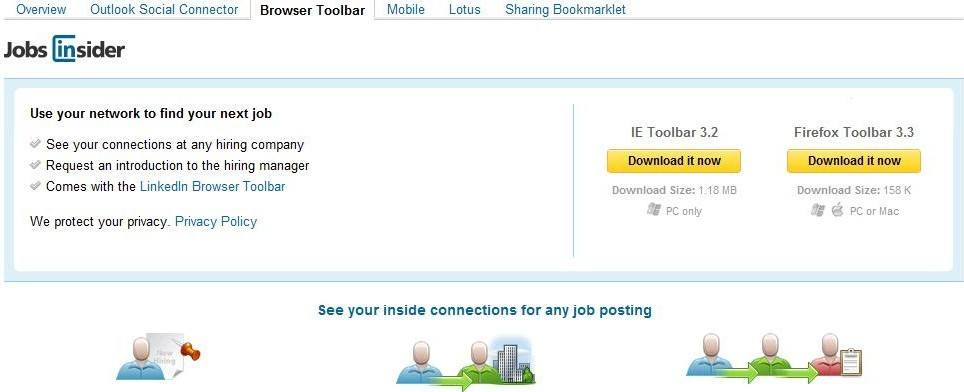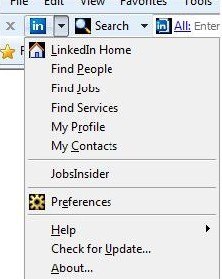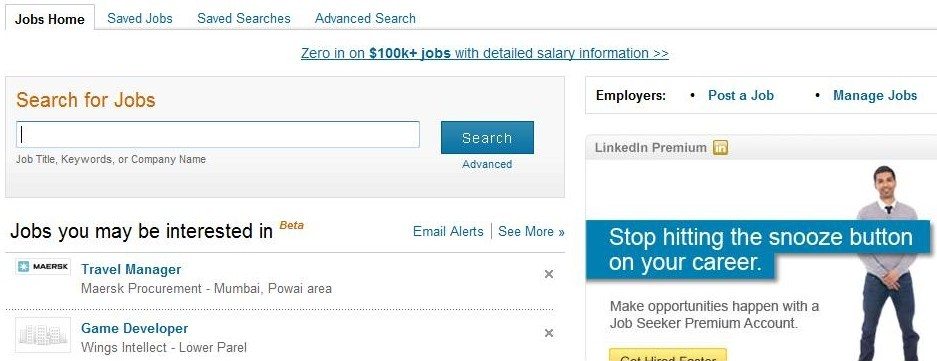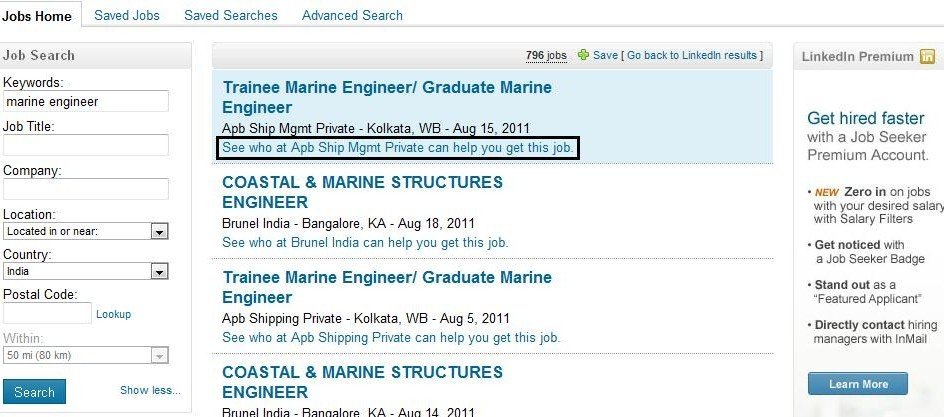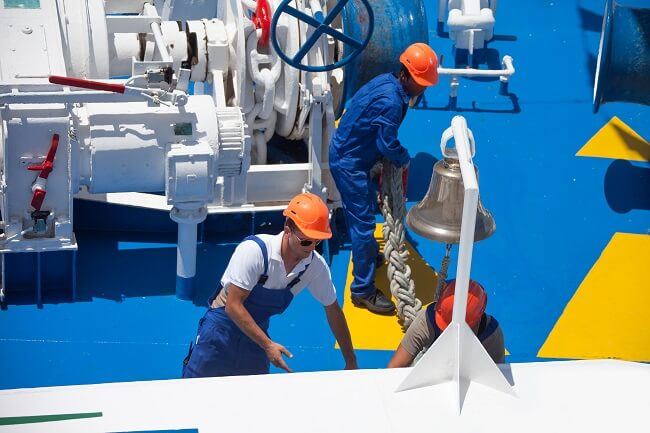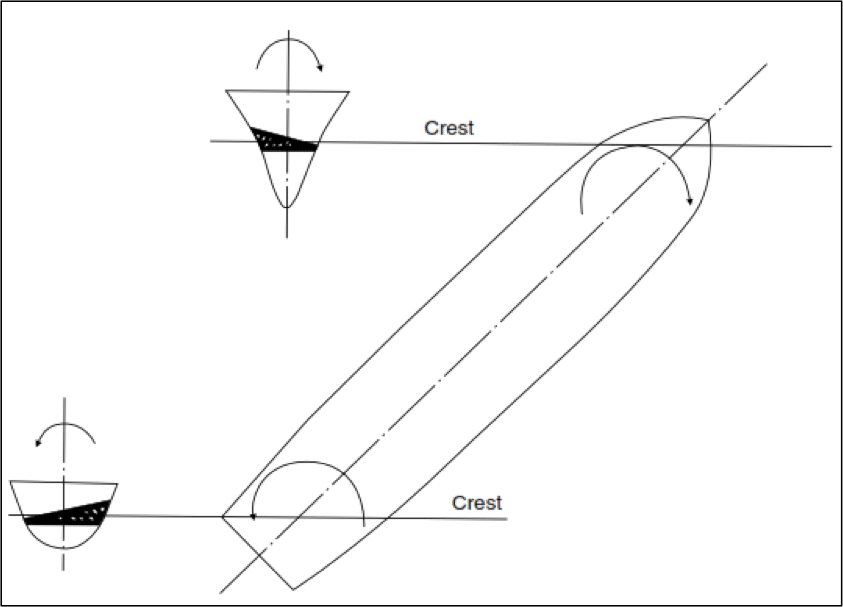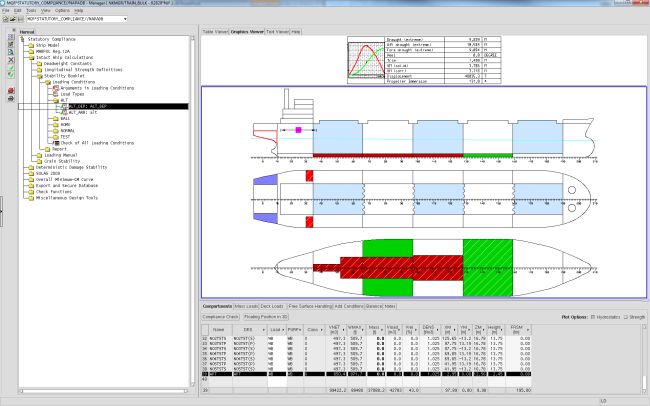This is the second article in the series Appearing For Merchant Navy Competency Examination Abroad. The articles explain the pros and cons for enrolling for competency examinations in foreign countries and what seafarers should be aware about before making such decision. The first article of the series Appearing For Merchant Navy Competency Examination Abroad – UK
can be read here.
EXAMINATIONS IN NEW ZEALAND : New Zealand is famous for its sprawling, lush green fields, long beaches, harbours and scenic landscapes. For domestic and overseas students appearing for their Competency Exams in New Zealand, the regulating national authority is known as Maritime New Zealand (MNZ). It is also the statutory body looking after various shipping related procedures, businesses, acts and rules. New Zealand offers 1 year programme for Mates and Master through their various universities. A deck officer holding a second mate COC can opt for this course. The Maritime NZ uses the “Sea Cert.- Seafarer’s Certification and operational limits Framework “ which serves the following purposes:
- Issue of Seafarer Certification and Endorsements
- Facilitating Transition from old certificates to new certificates
- Provisions for Renewal of seafarer certificates
- Prescribing approved Training and prior learning for Certificates of Competency
- Procedures for Recognition of foreign certificates


Thus Sea Cert acts as a one step solution for a mariner with regards to certification, requirements for sea service and courses, assessment and validity. Training course and approval of training provider comes primarily under NZQA (New Zealand Qualifications Authority). Sea Cert also provides online services to mariners and offers recognition of New Zealand certificates overseas. MNZ has published a guide for reference to various functions and requirements fulfilled by Sea Cert. on 2nd July 2014.
The sea service requirements in New Zealand for Competency Exams for Masters and Mates are similar to Indian sea service requirements. However they too offer a combined competency course after which a mariner can appear for Chief Mate and Master’s examination. A list of approved training providers is there on the website of Maritime New Zealand.
The maximum student visa duration for New Zealand is four years. Part time study visa can be obtained for a maximum of nine months on a visitor visa. Student visas allows a maximum of 20 hours work per week and full time during the scheduled vacations. However in case of variation in condition of study and work the administration considers extension of visa and work permits. Medical and travel insurance is a pre requisite before travelling to New Zealand. Regarding the type of medical insurance the immigration website contains relevant details.
The main drawback of living in New Zealand are higher cost of living with less job opportunities for students to support their education. If the city of residence is Auckland, Queenstown or Wellington public transport can be used to travel. However in remote areas one might experience their insufficiency or absence. Travel can be expensive when one has to use a car in absence of sufficient means of public transport. However for the remote areas the quality of accommodation offered is often less favourable in prevailing winters. The process of visa for New Zealand is simpler and they do provide work permits for Part time work hours during the course duration. Nevertheless the natural beauty of this country is a dominating factor when a mariner has chosen to appear for his COC overseas.
EXAMINATIONS IN SINGAPORE : For overseas students willing to study in the far east, Singapore is one of the most favourable countries. Being a major port and shipping hub, most of the mariners have been to Singapore at least once in their sea career. That makes them comparatively familiar to the country than to other countries in the west. Moreover, English being one of the main working languages in Singapore, puts a seafarer at ease as he searches for the relevant information.
Maritime and Port Authority (MPA) is the authority responsible for Maritime Education, Training and Issue of Certificates. Singapore Maritime Academy (SMT) provides Maritime Education and Training. The Training Standards Department (TSD) of MPA oversees Maritime training and certification of seafarers. The MPA uses ISO certification procedures for various maritime institutions to ensure compliance.
Courses for Master and Mate are combined and of 1 year duration whereas for OOW it is 3.5 yrs. The assessment is carried out as per national standards approved by the Maritime Safety Administration. Singapore Maritime Academy uses computer assisted learning and Onboard training in service. National TRB ( Training Record Book) is required to be completed by seafarers appearing for Competency exams. Mode of examination includes written, practical assignments, assignments, oral and simulation exercises.
To facilitate documentation and validation, a number of services are provided on the E-services portal of MPA. The E-services portal can be used for assessment of eligibility of Deck Officer and Marine Engineer Officer Examinations. For transactions with MPA, a mariner has to first open an account with MPA and then using e-payment services. He can then pay various type of fees using this service.
E-certification is another section which puts a mariner at ease, where by, submitting online applications for Certificates of Endorsement and Course Certificates issued by MPA can be authenticated. For foreign COCs MPA recognises certificates issued from 60 countries and Singapore COCs are recognised by 62 maritime administrations.
Besides conducting maritime competency courses, Singapore being one of the busiest ports, attract various shipping and business related establishments of major players in the maritime industry. Thus adequate opportunities for funds, scholarships are available. For mariners who wish to take advanced studies in marine research, one can find courses run for Maritime law and arbitration, Naval architecture, Logistics and ship broking as well.
MPA provides welfare schemes for seafarers through its shipping division and the Singapore Mariners’ club. It also includes service apartments for stay and discounted meals. Various educational grants, long service retirement awards, and special relief fund for seafarers are provided to seafarers registered with the club. This country offers reasonable pricing levels for public transport. Accommodation and studio apartments are expensive but with little local knowledge one can find a reasonably priced room or shared apartment. The well spread network of public transport system ensures all part of Singapore are accessible. The cost of living in Singapore is slightly expensive as compared to other Asian countries but is lesser than UK and Australia. However being a favourite tourist destination for Indian citizens, the air travel is relatively cheaper than that for travelling to Australia or UK.
The term “Visa” is referred to as Pass in Singapore. For an Indian student the institutes in Singapore file a Singapore student pass for Indian applications to provide them student pass when they enter Singapore. For short courses of 30 days or lesser duration student pass is not required. For part time employment in Singapore the students need a training employment pass or work holiday programme or training work permit, which varies based on nature of work, period of stay and educational qualification of the seafarer. Besides maritime courses, Singapore is a well known destination for tourism and shopping among mariners and their families.

